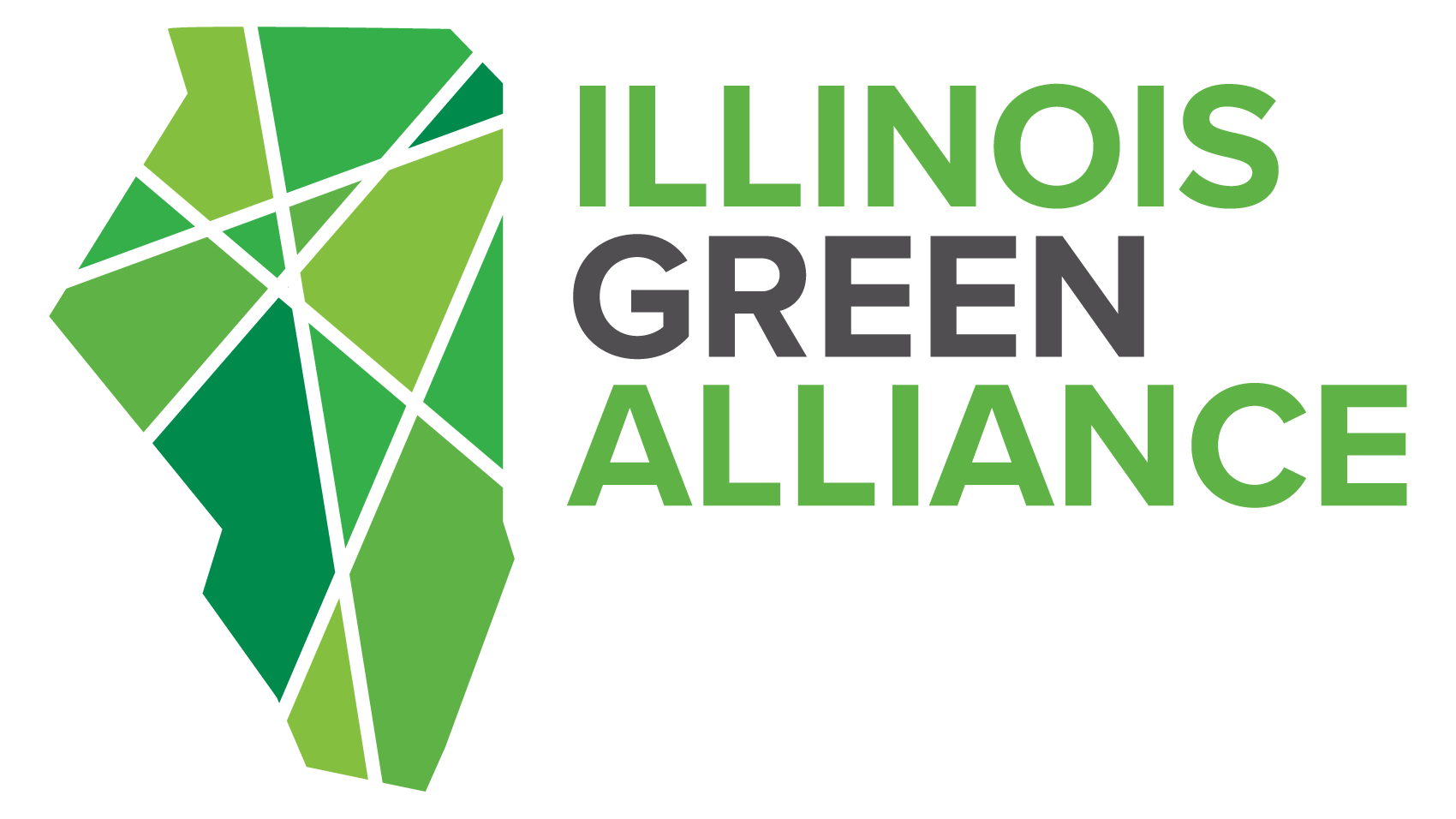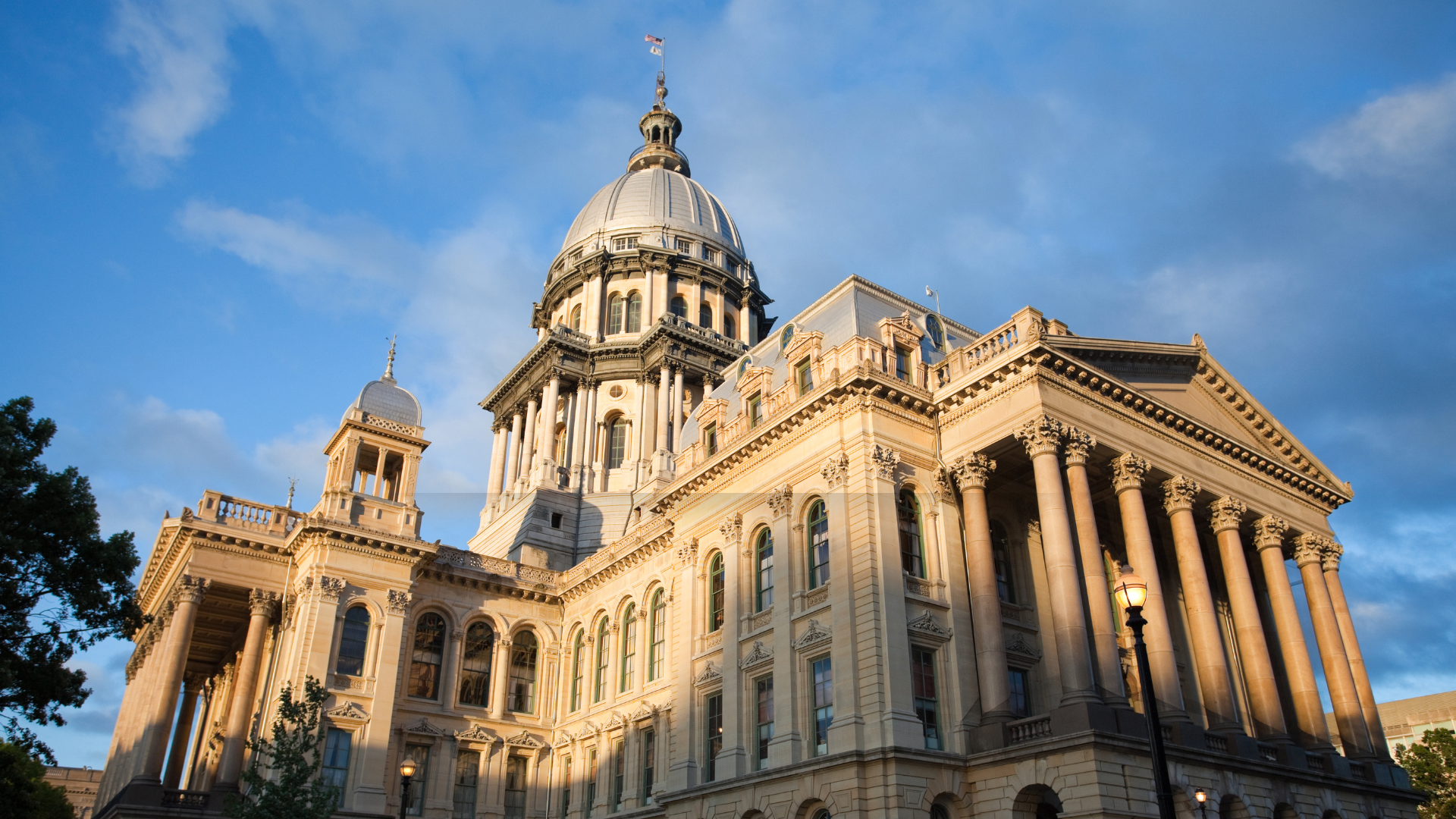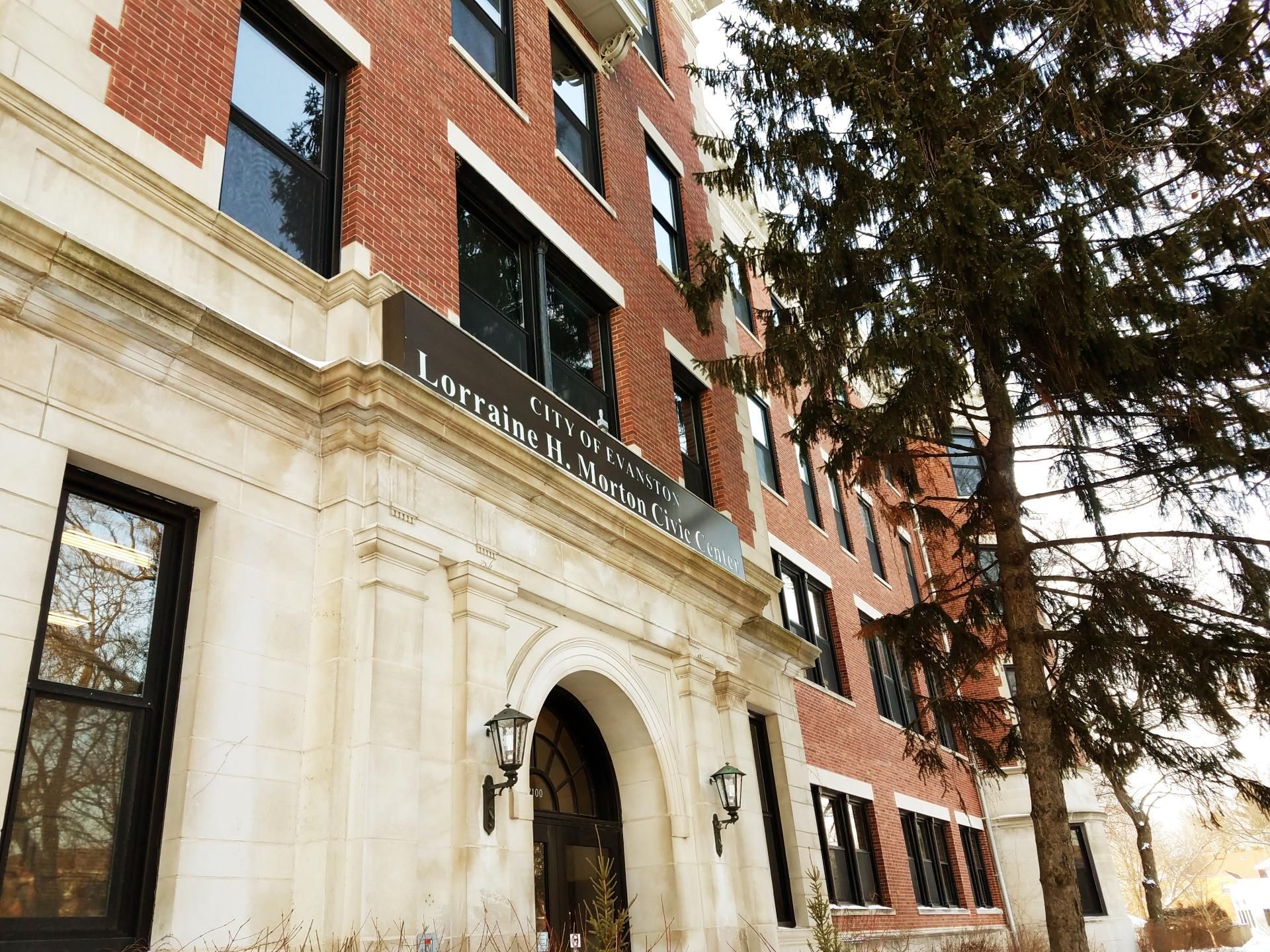Net Zero Building Case Study: The Campus Instructional Facility at the University of Illinois Urbana-Champaign
Heated and cooled by the largest geothermal energy system on campus
Project Overview
Completed in 2021, the Campus Instructional Facility (CIF) received LEED Zero Energy and LEED BD+C NC Platinum certifications. The project has also achieved net zero operational carbon.
Project Team
- Developers: Vermilion Campbell
- Architectural Design & Structural Engineering: Skidmore, Owings & Merrill
- MEP Engineering: dbHMS
- Civil Engineering: David Mason & Associates
- General Contractor: Pepper Construction Company.
- Energy Modeler: DataBased+
The Campus Instructional Facility (CIF) at the University of Illinois Urbana-Champaign is a 124,000-square-foot center for flexible learning. The building, completed in 2021, has received LEED Zero Energy and LEED B+D NC Platinum certifications, contributing to the University's Climate Action Plan to achieve net-zero greenhouse gas emissions across campus by 2050.
Complete with 23 classrooms, a 500-person auditorium, a cafe, and an open space with flexible partitions, the building serves as a hub for teaching, with a focus on collaboration and new technologies for hands-on learning.
Powered by UIUC’s Solar Farm, the building uses a radiant heating and cooling system, integrated with the largest geothermal energy system on campus. The University partnered with developer Vermilion Campbell in a public-private partnership (P3) project publicly funded through a bond transaction. The University’s Student Sustainability Committee also contributed $375,000 toward the project’s geothermal exchange system.
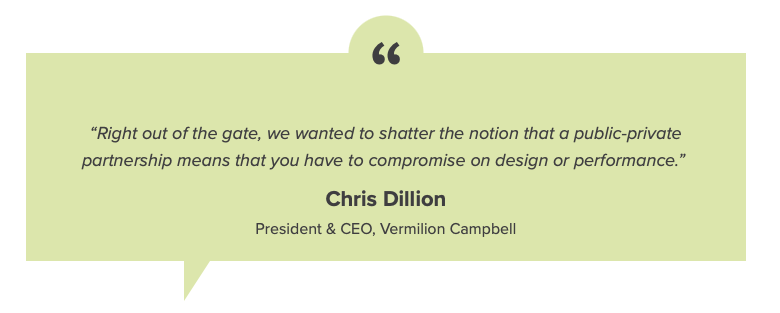
Public-Private Partnership
As a P3 project, the University hired private companies to deliver the public facility. The Illinois Finance Authority issued bonds to finance the building, while outside firms designed, developed, and constructed the CIF. The financial model allowed the private sector developer to implement ambitious sustainability goals in an innovative manner.
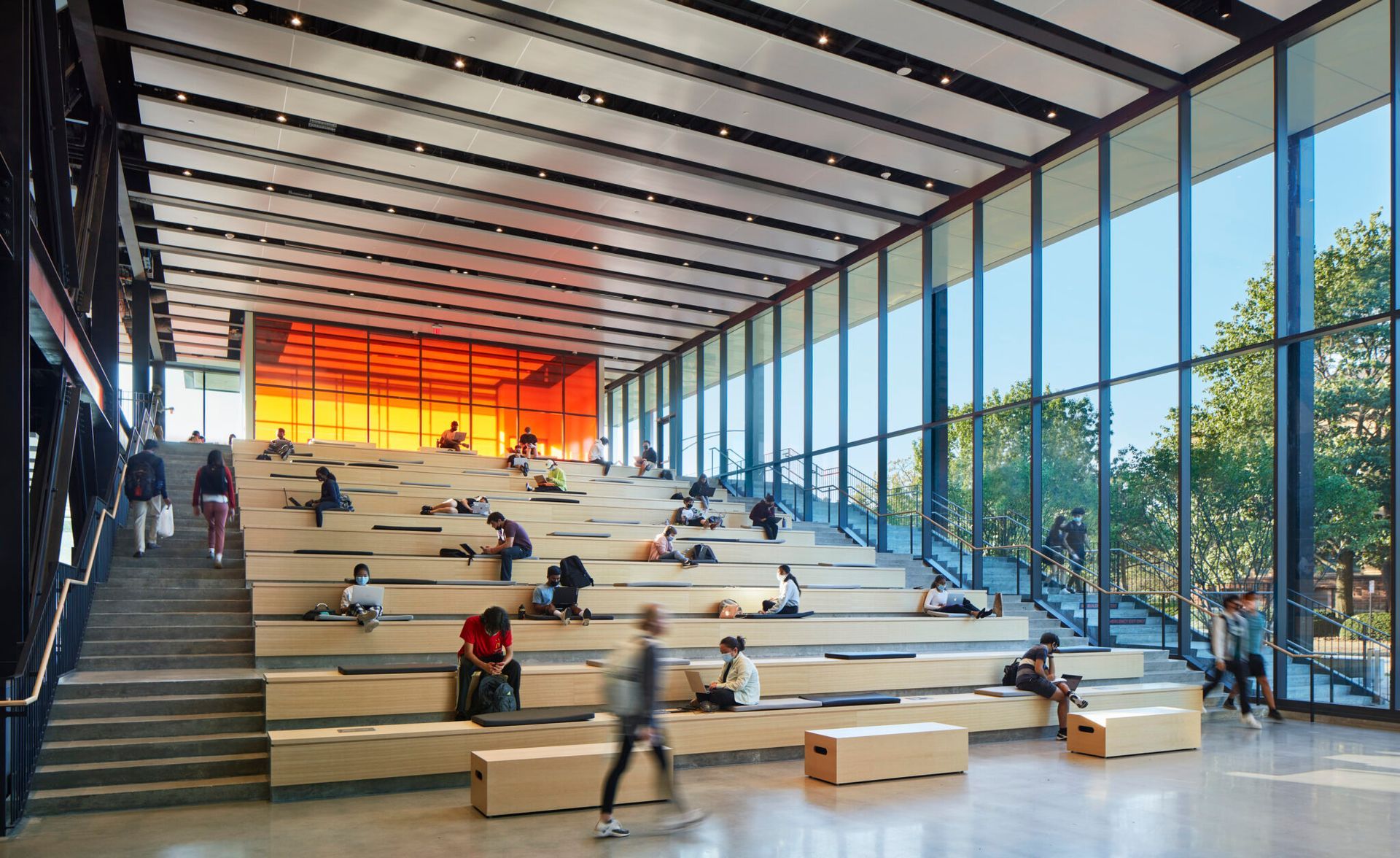
How did the University use geothermal energy to reach LEED Platinum?
Initially the University had sought to achieve LEED Gold certification, but the project’s geothermal exchange system allowed the team to push for LEED Platinum and beyond, all within budget. Prior to the CIF project, University faculty and students had explored the feasibility of incorporating an underground geothermal exchange beneath the Bardeen Quadrangle, which could reduce the overall usage of energy on campus. Upon learning of this research, the project team collaborated with the University faculty and students to implement their vision, developing an expandable geoexchange under one of the most significant campus public spaces.
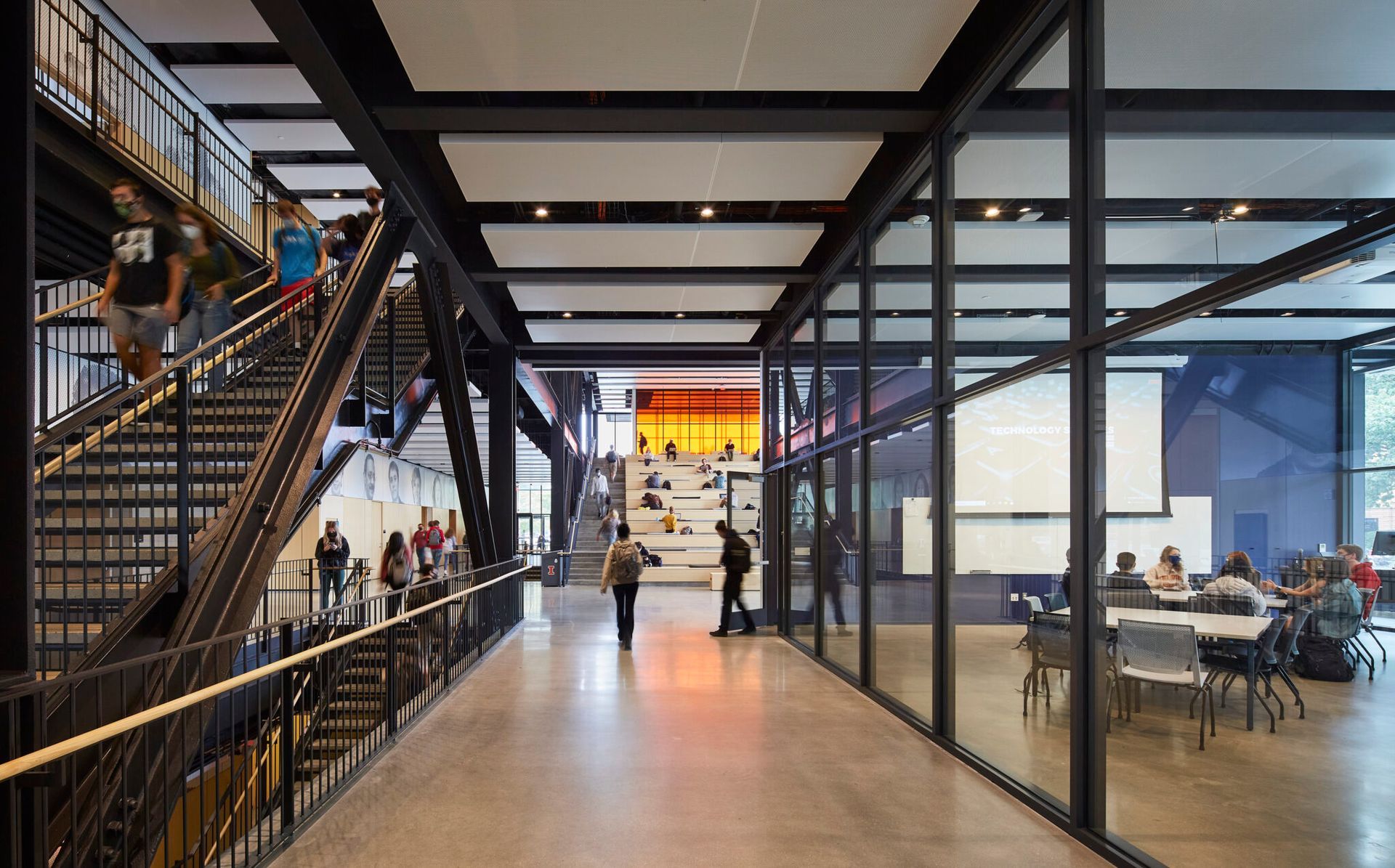
Designed to illustrate sustainable engineering
As a living laboratory, CIF puts engineering on display. Components like the geothermal heating and cooling system, electrochromic windows, and low-VOC materials allow students and faculty members to experience its sustainable features. “Professors can actually look at the building in a class and point to different components of the building in their teaching methodology,” said Doug Reddington, Associate Director of Real Estate Services at UIUC.
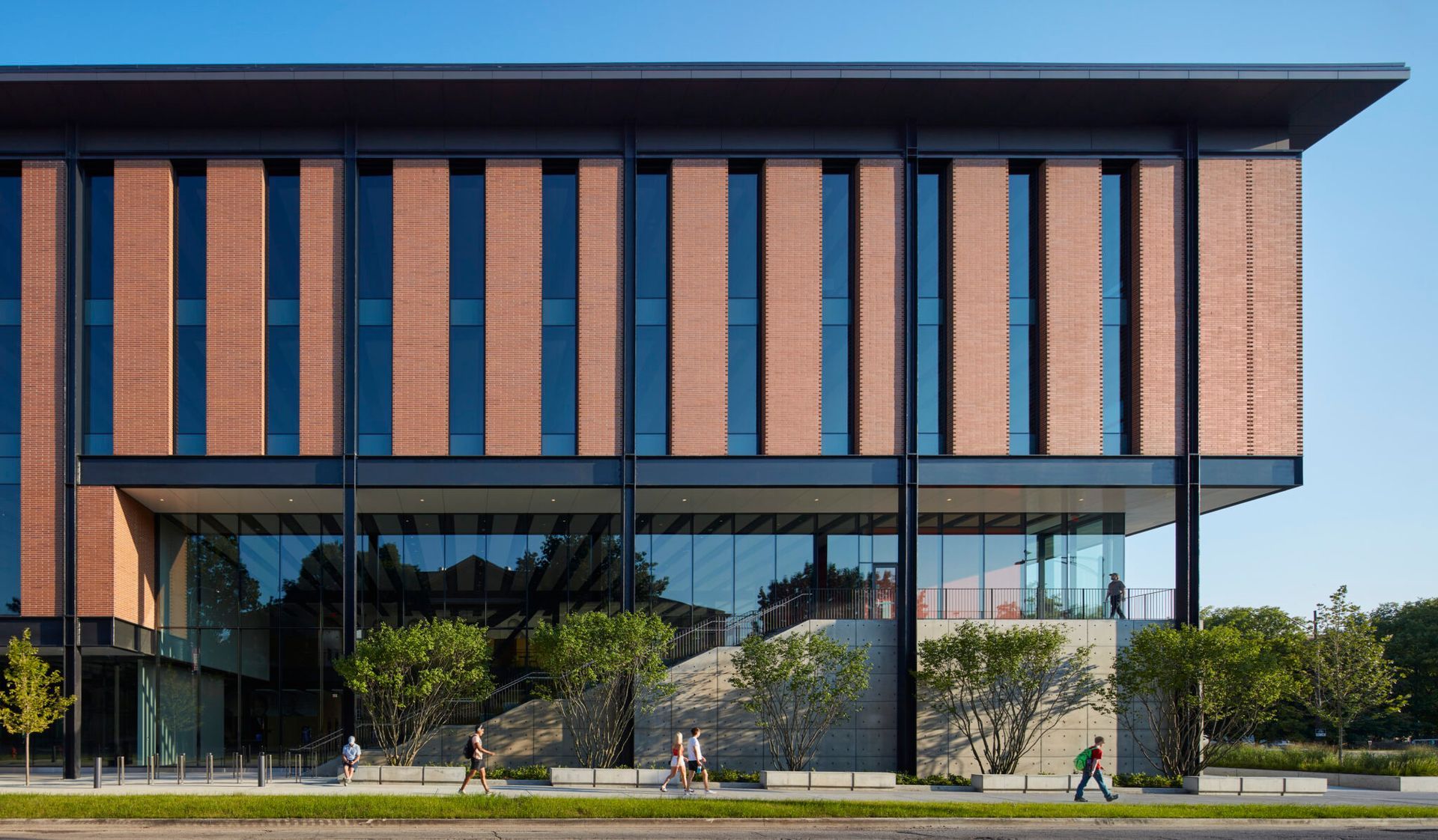
Geothermal energy heats and cools building
The heating and cooling system, comprised of 40 geothermal wells at 450 feet deep each, allow the building to use the ground as an annual thermal battery. The geo-exchange wells, coupled with heat pumps, desiccant dehumidification systems and radiant ceiling panels, help reduce the building’s energy consumption by 65% compared to a traditional building system.
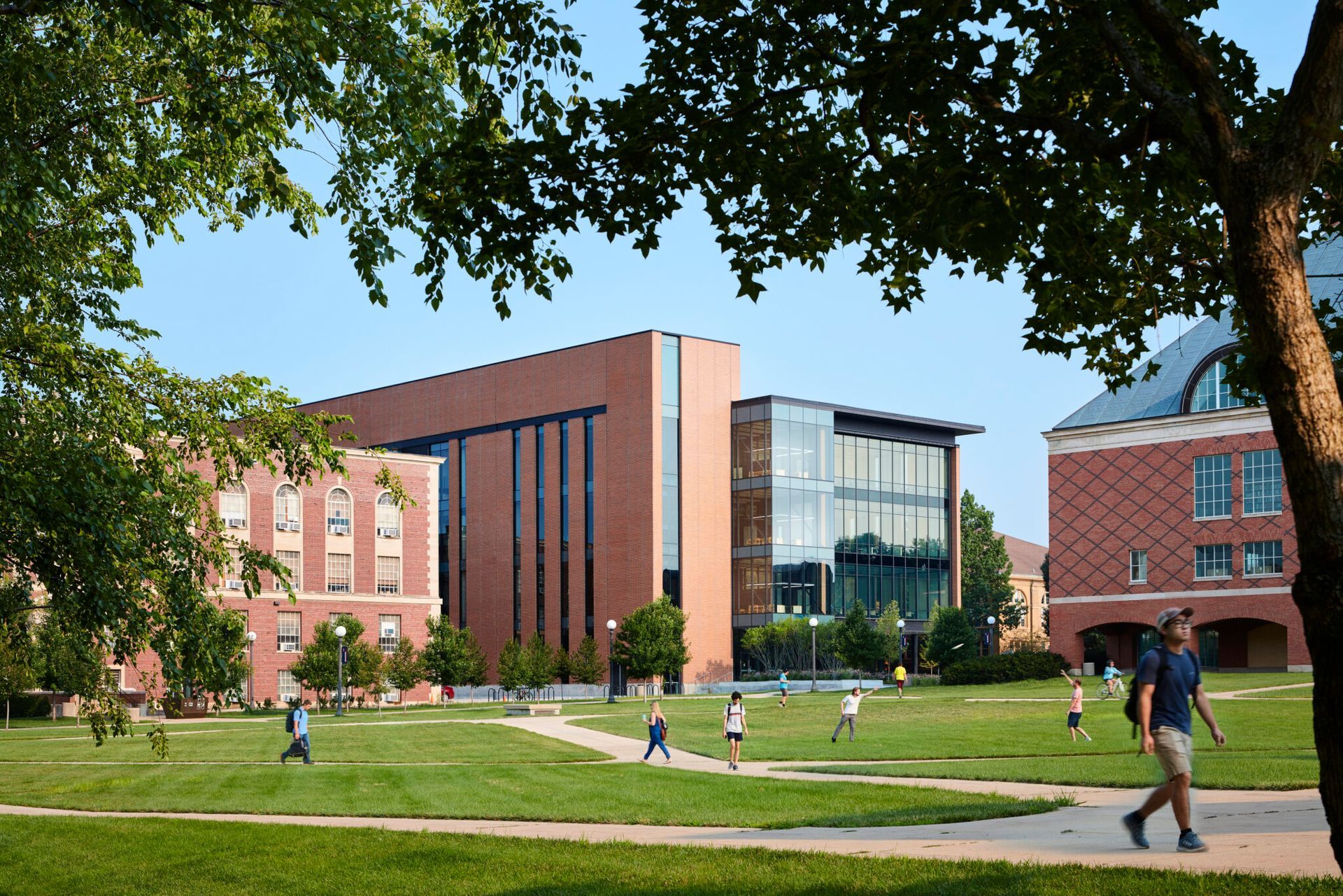
A new approach to on-campus energy production
The geothermal exchange created for CIF is a scalable source of energy, meaning it could potentially support other buildings on the Bardeen Quadrangle, said Chris Dillion, President & CEO of Vermilion Campbell. Currently, the geothermal well field encompasses about one-third of the quad, but as the university renovates more buildings in the future, this energy source could be expanded.
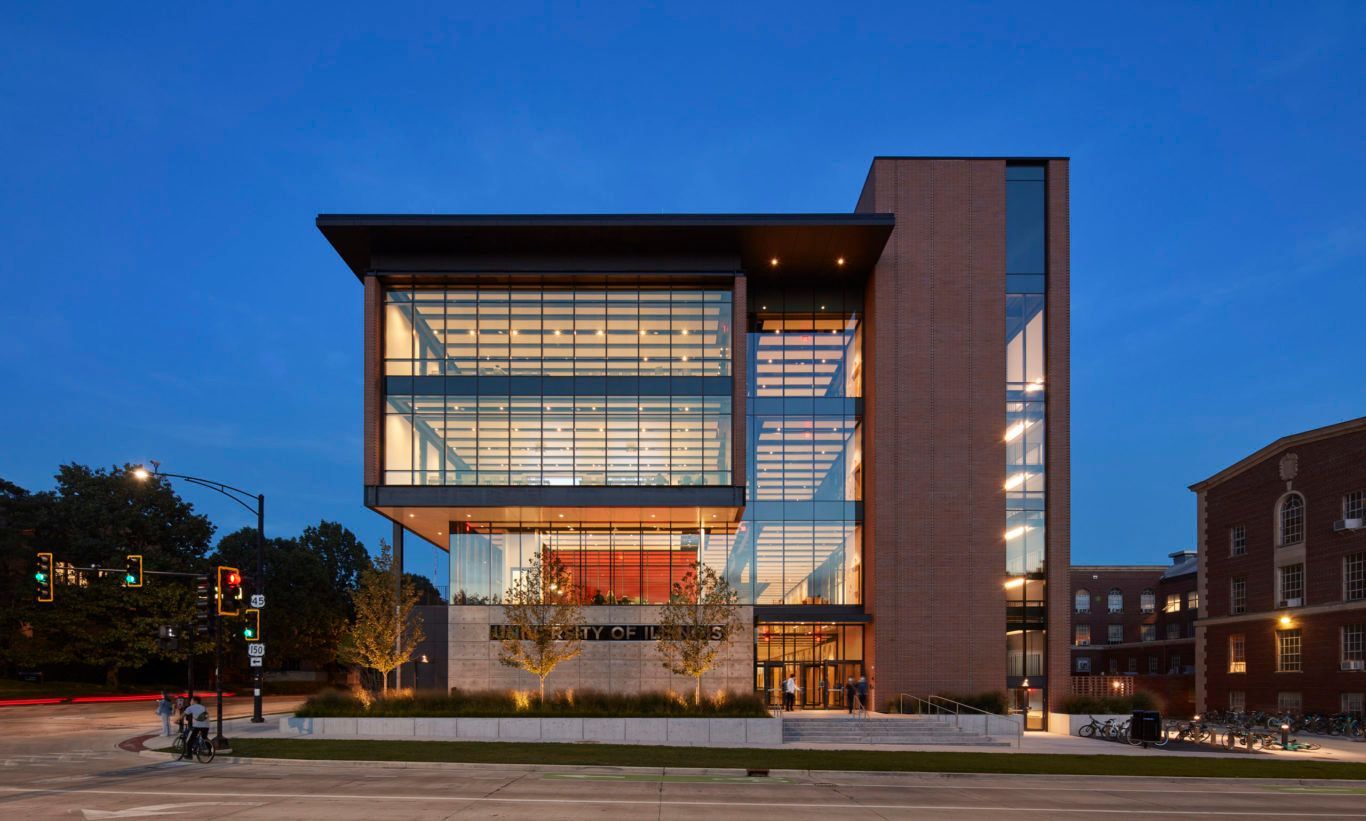
Student committee grant made project possible
UIUC’S Student Sustainability Committee consists of a group of undergraduate and graduate students who allocate $1.59 million annually toward the development and seed-funding of environmental projects. Their fund is financed through the collection of two student initiated fees, the Cleaner Energy Technologies Fee and the Sustainable Campus Environment Fee. The Campus Instructional Facility received $375,000 in support of the geothermal exchange.
